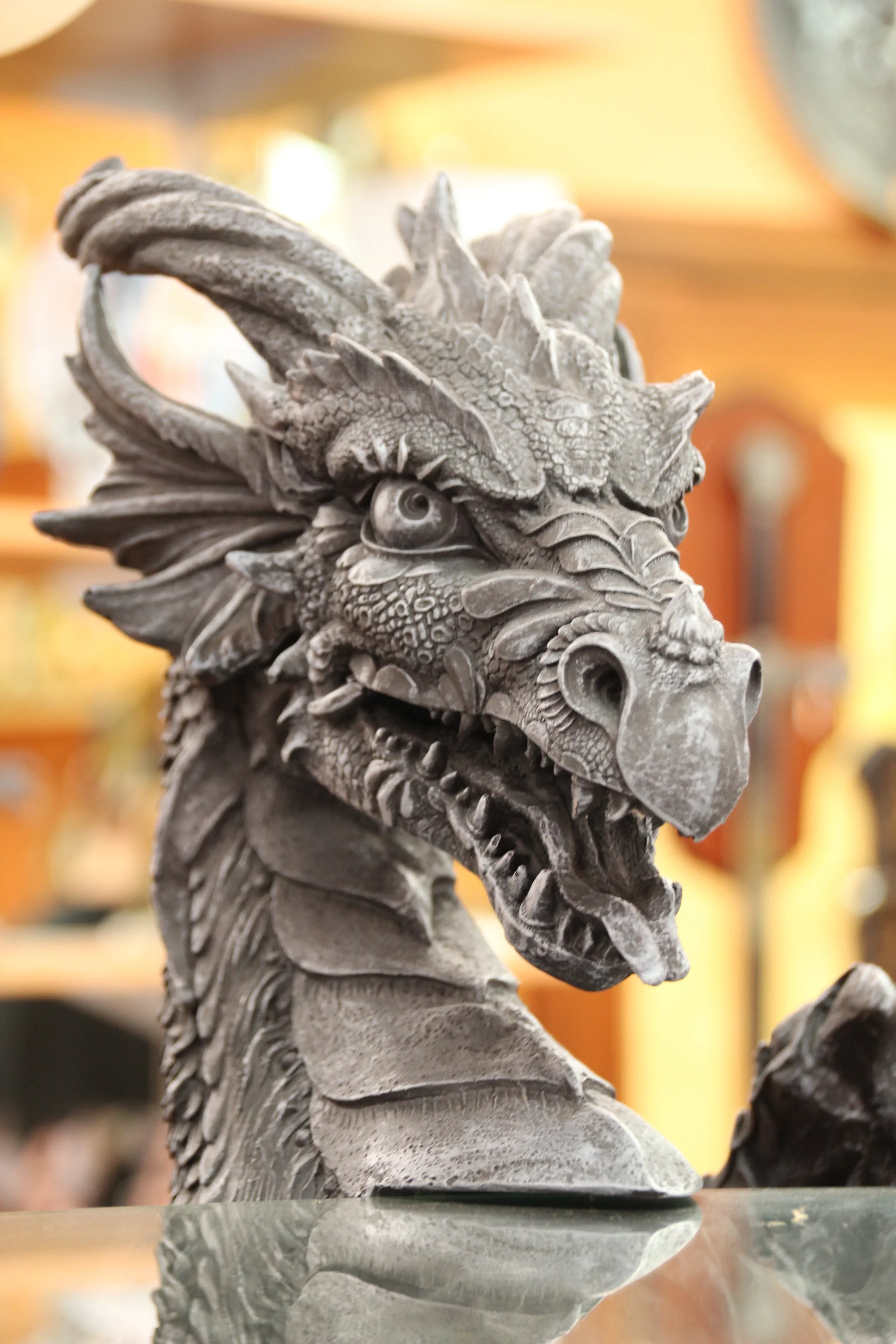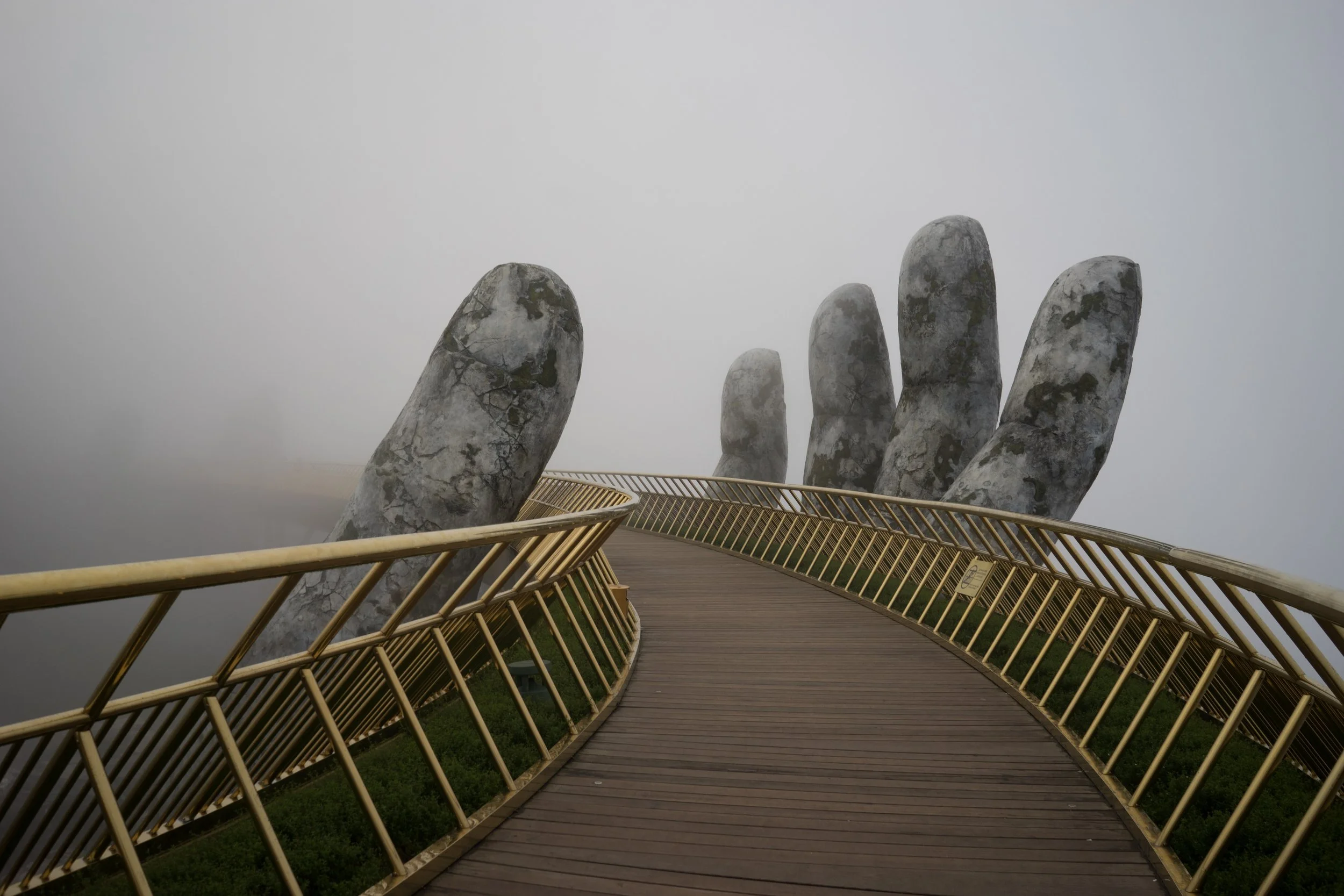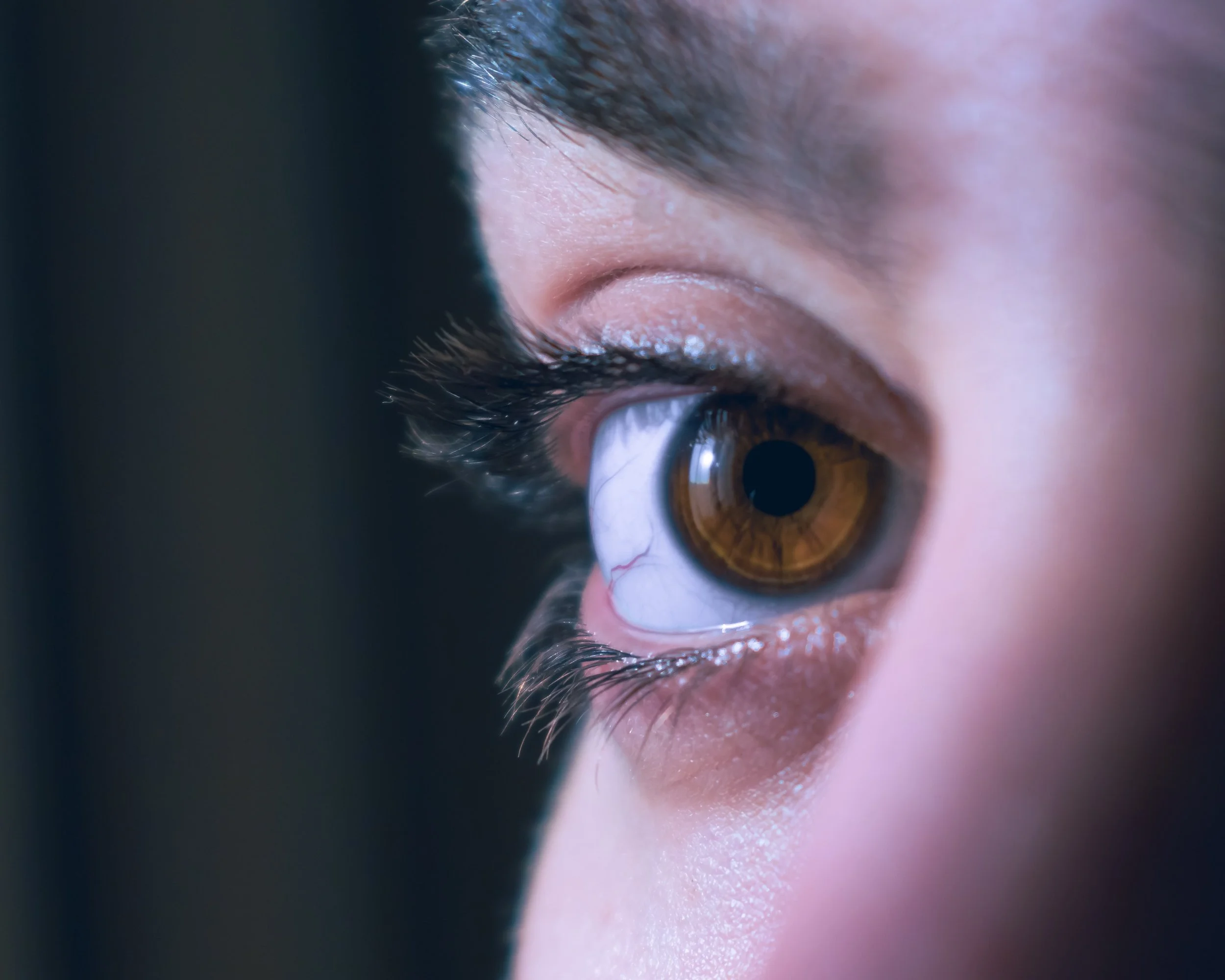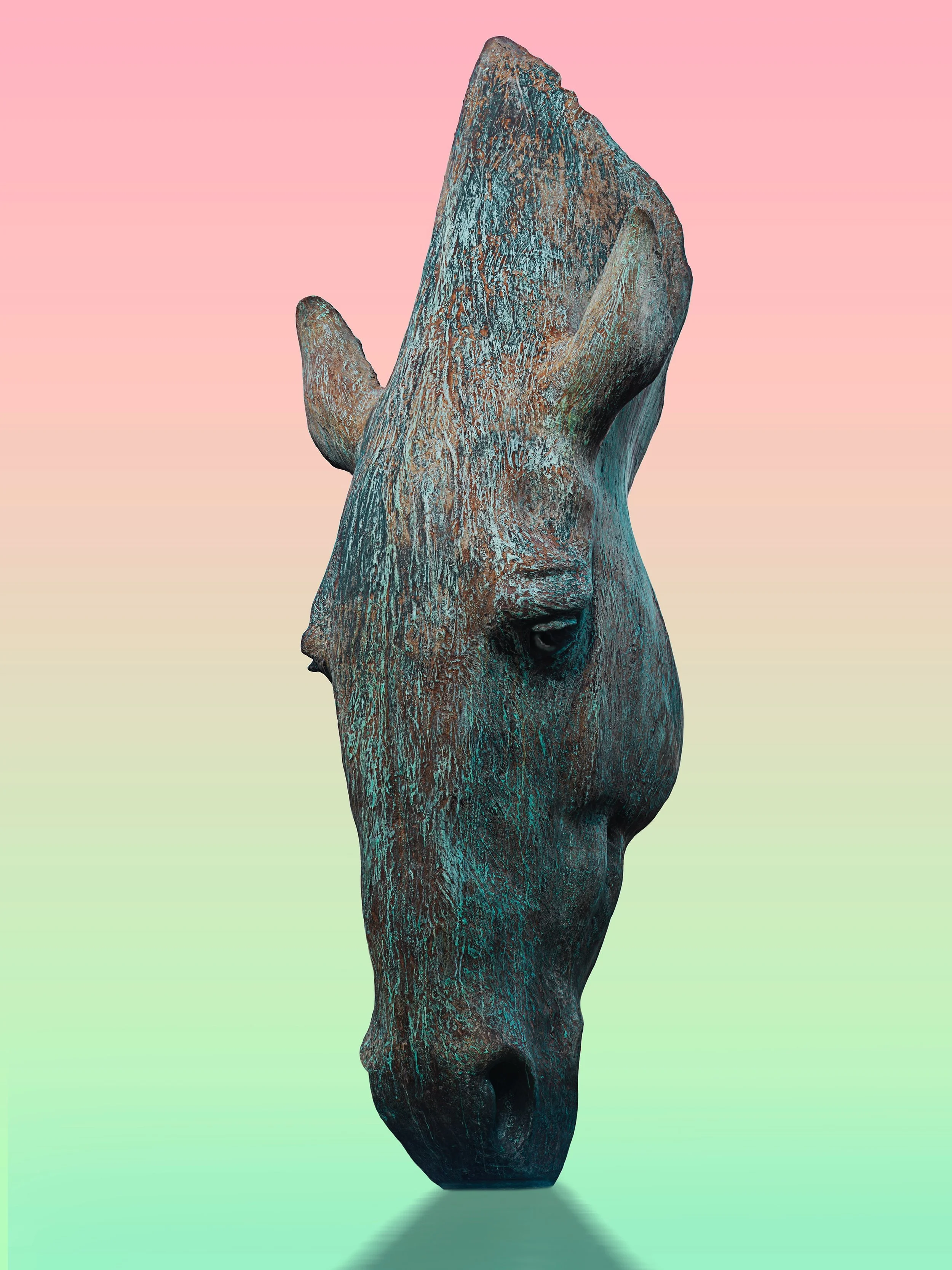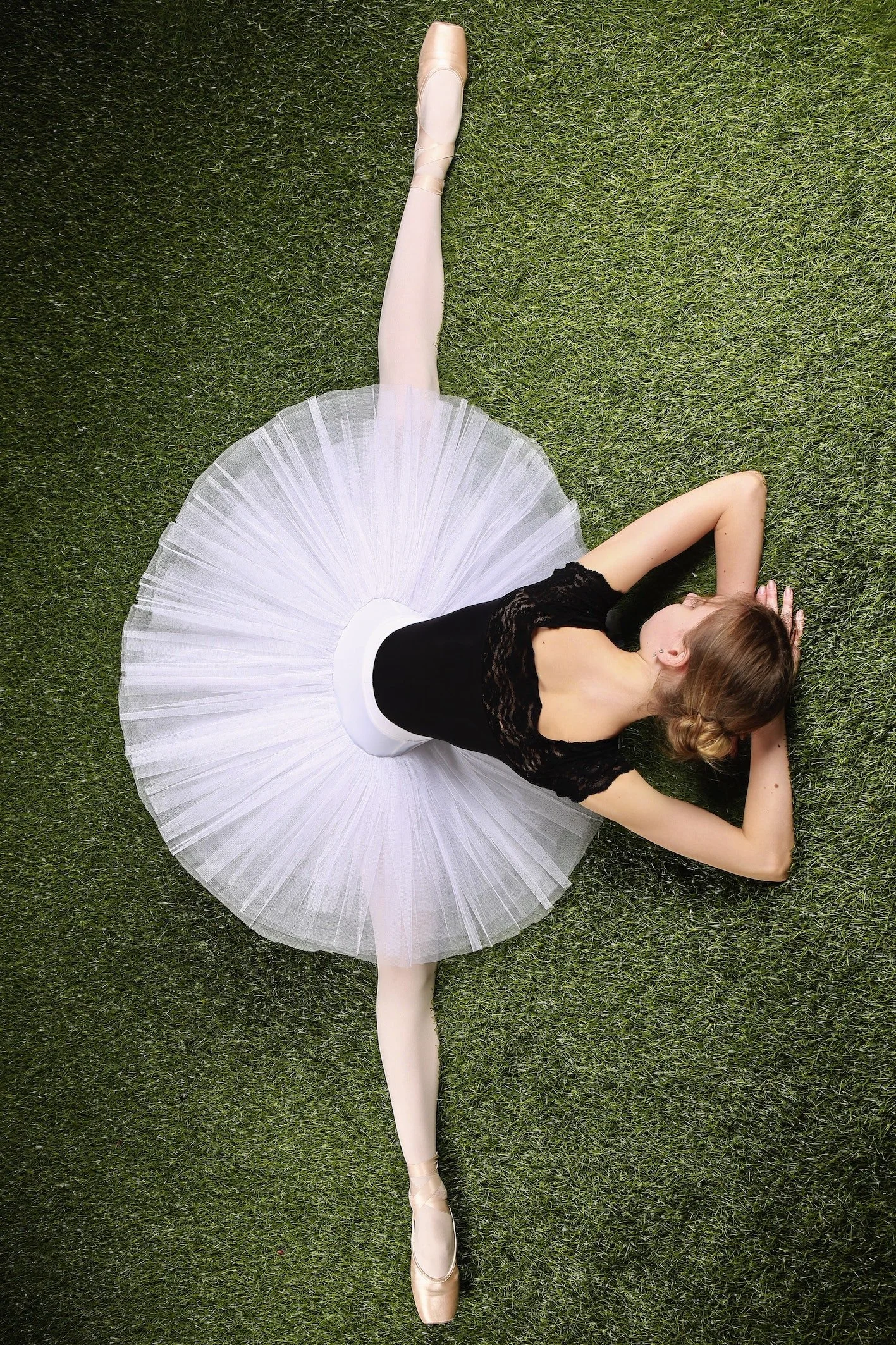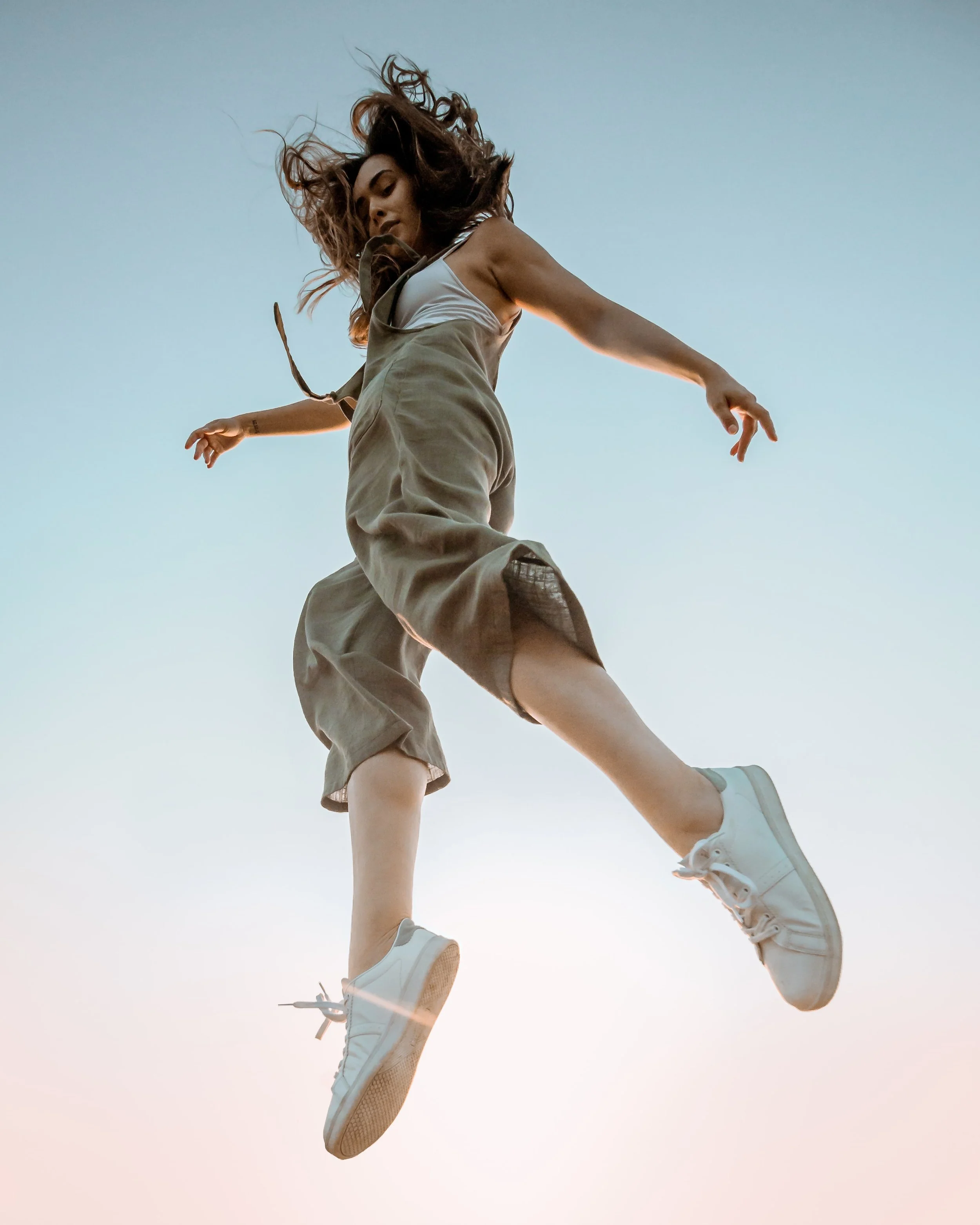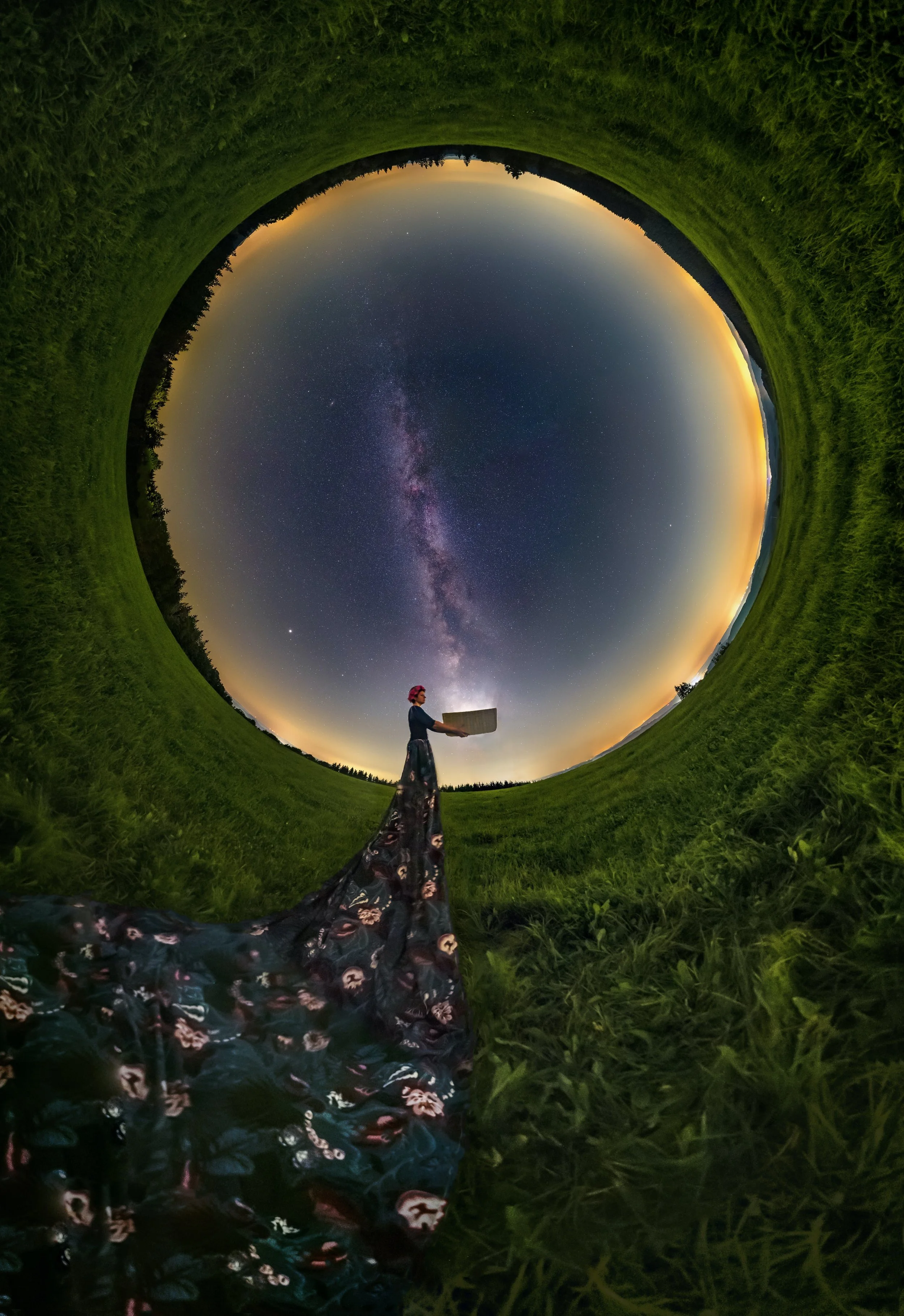Much of the narrative about ‘the heart’ is couched in terms of good versus bad. Following you heart to do what you love as opposed to following your head. I think that avoiding negative experience is often at the heart (sic) of our disconnection from life.
Life is complicated. There are so many rhythms and forces to negotiate. Sometimes it can feel rather lonely when we lose our flow.
I think it’s rather useful to pause and consider those contradictory rhythms in life. Perhaps they are giving us something of great beauty that can only seen at a greater scale.
Read More




